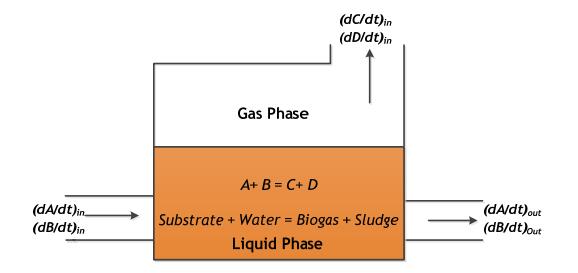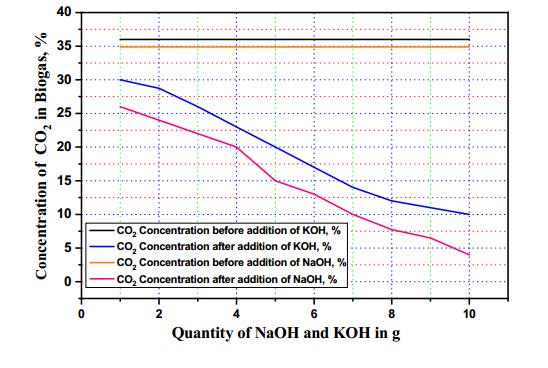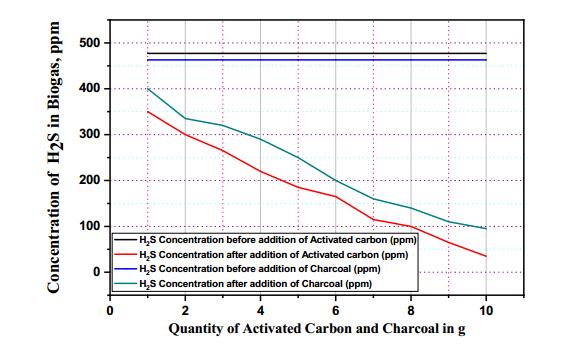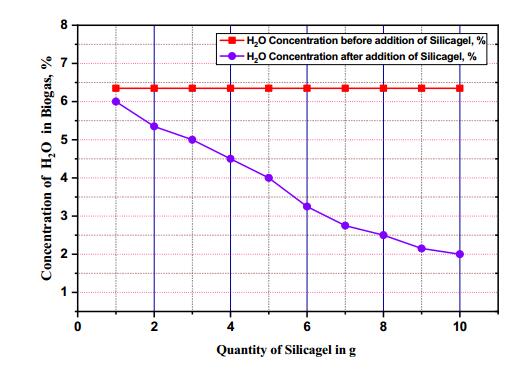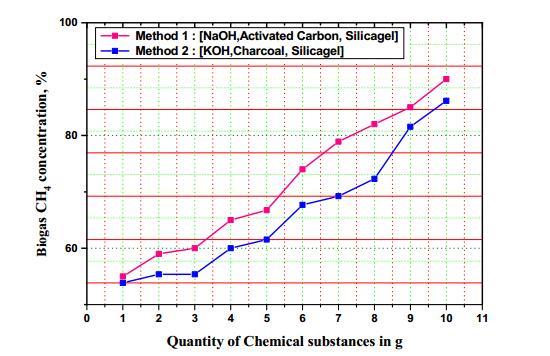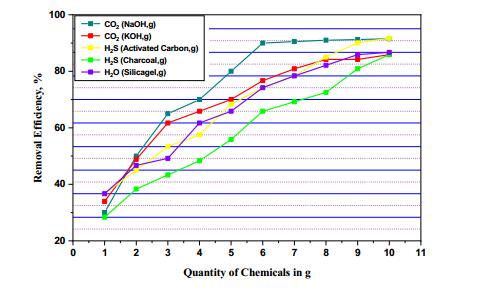Due to advances in its effectiveness and efficiency, solar thermal energy is becoming increasingly attractive as a renewal energy source. Efficient energy storage, however, is a key limiting factor on its further development and adoption. Storage is essential to smooth out energy fluctuations throughout the day and has a major influence on the cost-effectiveness of solar energy systems. This review paper will present the most recent advances in these storage systems. The manuscript aims to review and discuss the various types of storage that have been developed, specifically thermochemical storage (TCS), latent heat storage (LHS), and sensible heat storage (SHS). Among these storage types, SHS is the most developed and commercialized, whereas TCS is still in development stages. The merits and demerits of each storage types are discussed in this review. Some of the important organic and inorganic phase change materials focused in recent years have been summarized. The key contributions of this review article include summarizing the inherent benefits and weaknesses, properties, and design criteria of materials used for storing solar thermal energy, as well as discussion of recent investigations into the dynamic performance of solar energy storage systems.
1.
Introduction
Due to industrialization, increasing number of populations and modern agricultural machineries and way of life, the demand of energy is increasing at an alarming rate. To satisfy the energy need, large amount of fossil fuels are used with adverse impact on the environmental impact [1]. To decrease the reliance on fossil fuels, renewable energy is being used.
Considering, Ethiopia where more than 60% of the municipal solid waste is organic, advanced Biogas systems can be adopted for generation of electricity, cooking and transportation purpose. One of the most important components of municipal solid waste is food waste such as household food waste, food-processing waste, and cafeteria and restaurant waste. Besides, more than 82% of the Ethiopian population is living in rural area and most of them are farmers. Thus, by combining food waste, animal waste and agricultural waste, it is possible to generate energy for the rural communities. Thus, Biogas is a recommended technology to convert organic waste into energy.
Biogas is produced when organic material is decomposed under anaerobic condition in a digester. Biogas is a mixture of mainly methane and carbon dioxide produced by bacterial decomposition of sewage, manure, garbage, or plant crop [1]. Raw biogas consists mainly of methane (CH4, 50–75%) and Carbon dioxide (CO2, 25–40%) and other elements like, water (H2O, 5–10%), Hydrogen sulfide (H2S, 0.005–2%), ammonia (NH3, < 1%), oxygen (O2, 0–1%), carbon monoxide (CO, < 0.6%) and nitrogen (N2, 0–2%) can be present. The average lower heating value of a biogas varies between 30 and 35 MJ/kg [2]. Whereas, the calorific value of pure methane is approximately 55 MJ/kg. The difference in calorific value is due to CO2, which is the incombustible part of Biogas. Besides reducing the calorific value, the existence of CO2 in the Biogas also increases compression and transportation costs [3]. Thus, purified methane can be used for various applications: compressed gas, electricity generation, internal combustion engines, etc.
Even though Biogas is used without removing unwanted gases, it is very useful to upgrade the biogas and so that it can be used as a natural gas and for various applications with high efficiency. Biogas upgrading and compressing is the most promising technology to convert raw biogas to Bio methane [2]. Biogas production shows an increased trend in recent years. So, biogas purification and upgrading had been researched extensively in recent years.
Awe OW et al. [4] reviewed biogas purification with the focus on the removal of contaminants, such as H2S, NH3, and siloxanes, but the removal of CO2 was only briefly mentioned.Weiland [5] presented an overview of the complete biogas production and consumption chain but did not focus on currently available upgrading technologies. Bekkering et al. [6] studied the current status and future options of biogas upgrading technologies but did not present the technical performance and economic report on various upgrading technologies. Beil et al. [7] reviewed different biogas upgrading technologies with the focus on their operating conditions, drawbacks and efficiency. Pertl et al. [8] and Starr et al. [9] applied life cycle assessment (LCA) to biogas upgrading Masebinu et al. [10] found that the market shares for biogas upgrading technologies have been changed rapidly in recent years, amine scrubbing is continuously achieving significant market shares. Kárászová et al. [11] reviewed membrane separation processes for biogas and found that membrane gas permeation is able to compete with classical biogas upgrading technologies.Sun et al. [12] encouraged more researches on membrane separation process for economical biogas upgrading and its utilization as a vehicle fuel. Chen et al. [13] revealed that hybrid processes for biogas upgrading are more efficient, where membrane separation is combined with absorption, adsorption, and cryogenic technique. This combined separation processes can improve the performance and reduce the operational cost of the process.
Removal of contaminants from biogas can be generally conducted as follows: H2S can be removed using activated carbon, Iron Sponge, biological oxidation, etc., CO2 can be removed using NaOH/KOH, amine solution etc., H2O can be removed using Silicagel [14,15,16]. CO2 can be removed by biological purification processes using algae cultures [17].
Even though several literatures can be found for biogas upgrading, it is still needs special attention in reducing the operational cost of the upgrading system and disseminate the technologies for a wider use. Especially in Ethiopia, more than 82 % of the population is living in the rural areas and most of them are farmers. At the same time the rural electrification rate in Ethiopia is less than 10% [18]. Thus, if we use the waste from cattle to produced biogas and upgrade it, it can be used for various applications: compressed gas, electricity generation, transportation etc. Thus, in this paper, a chemical absorption method is used to upgrade the biogas (Activated carbon to remove H2S, Potassium hydroxide and Sodium hydroxide to remove CO2 and Silica gel to remove H2O). Detailed analysis of the food waste, raw Biogas and upgraded biogas were performed.
2.
Material and methods
2.1. Experimental procedure
An experimental analysis together with extensive survey of different literature on upgrading technologies was carried out. Thus, a chemical adoption method has been adopted for gas cleaning due to the availability of the chemicals in the Ethiopian local market and their economical benefits. The chemical absorption method uses aqueous chemical solution (NaOH solution, KOH solution), activated carbon and silica gel. The schematic diagram of the procedure is depicted as shown in Figure 1. First, activated carbon has been used to remove H2S. Then two different chemical solutions, i.e. NaOH and KOH have been used to remove CO2. After that, silica gel has been used to remove H2O. Finally, the treated gas has been compressed and stored in a gas cylinder.
2.2. Feedstock
Organic wastes (leftover food from student's cafeteria) were collected from Addis Ababa University (Sidist Kilo Campus) and the cattle manure was collected from a nearby area. The substrates which are collected were crushed into small pieces of 2 mm sizes with a mechanical crusher and blended together. The blended sample was mixed and diluted with water in a ratio to get a 10% total solid content inside the digester. The prepared stock was fed to a volume of 10 m3 Biogas digester. Inoculum was prepared from fresh cow dung with a total solid matter of less than with < 15 % of dry matter. Note: Inoculum is microbial biomass which is added at the beginning of fermentation or during the course of fermentation in order to accelerate it [19]. The temperature of the digester is kept at 30 ℃ using heating system. The retention time was around 30 days.
2.3. Characterization of food waste
Ultimate analysis: The ultimate analyses of the food waste were estimated experimentally using EA 1112 Flash CHNS/O ultimate analyzer. The results of ultimate analysis by using ultimate analyzer are 45.405%, 7.655%, 42.915%, 3.945%, and 0.4% for contents of carbon, hydrogen, oxygen, nitrogen, and Sulfur, respectively. The following are the measurement conditions of the analyzer: Carrier gas flow rate of 120 ml/min, reference flow rate 100 ml/min, oxygen flow rate 250 ml/min; furnace temperature of 900 ℃ and oven temperature of 75 ℃, 4 calibration points for every component were taken. Samples were run in duplicate and the average values were taken. Based on the ultimate analysis result, the chemical formula of the sample is calculated: C3.78H7.66O3.78N0.28S3.70.018. Equation for the theoretical biogas composition, including sulphur and nitrogen is expressed according to Boyle[20]:
It worth mentioning that, the produced ammonia can be recovered and used as a fertilizer. This can increase the economic sustainability of biogas cleaning.
2.4. Mathematical model
A simple system consists of a stirred reactor with a single input and output stream, and constant feedstock volume. This bioreactor is fed by reactants A and B which are converted through a series of biological steps into products C and D as shown in Figure 2. The rate of accumulation of each component in the reaction can be described by a mathematical differential equation. For instance, the rate of change of concentration of 'A' in the tank is equal to the rate of change of concentration due to new feedstock being added plus the rate of change of concentration due to material going to outlet plus the rate of change of concentration due to the biochemical reaction.
A mathematical differential equation is used to describe the rate of accumulation of each component in the reaction. The rate of change of concentration of A in the tank is equal to the rate of change of concentration due to new feedstock being added plus the rate of change of concentration due to material going to outlet plus the rate of change of concentration due to the biochemical reaction [21]. The set of differential equations that follows from the simple equation is given below:
The reaction rate constant k can be either determined experimentally. Theoretically, k can be determined from the Arrhenius equation and where C1, C2 and C3 are constants of chemical reaction.
For an initial approximation, Wu et al. [22] gave an estimation of the value of k:
The value of k used in this model is determined by matching the model to the experiment initially and more accurately by running a number of simulations.
2.5. Experimental setup for purification
In order to remove CO2, H2S and H2O, a purification system has been used. NaOH/KOH, activated carbon and silica gel were added to purification system to remove CO2, H2S and H2O from the raw biogas respectively. The purification system is arranged as shown in Figure 3.
Removal of H2S: Since activated carbon has high surface area, porosity, and surface chemistry, it is suitable to adsorb H2S from biogas [23]. During removal process the impregnated activated carbon was 10 g per liter of water and NaOH. This reaction is an adsorption process. Hydrogen sulfide is adsorbed on the carbon surface and dissolution of H2S into the water film is resulted.
Removable of CO2: The upgrading section consists of solutions of NaOH/KOH which was varied from 1–10 kg per litter for all the experimental runs. Biogas was passed through the upgrading first flask where it reacts with NaOH of 0.1 moles with a Biogas flow rate of 15 L/min and solution flow rate of 10–20 L/min. The chemical reaction during the process is depicted here below:
The Carbon dioxide removal efficiency was calculated using:
The chemical absorption process of CO2 using KOH is no different from the process applied using NaOH. However, KOH is more expensive than NaOH [4]. Yan et al. [24] discussed in detail that instead of using expensive chemicals, biomass ash could be used in substitution of NaOH/KOH, in order to reduce operational expense. The formation of K2CO3,acq in equation 10, can improve biogas upgrading through the subsequent reaction of K2CO3
+ CO2 + H2O = 2KHCO3 and this reaction further increases the CO2 [25].
Removal of H2O: Silica gel as it has very good moisture absorbing capacity. The biogas enters the moisture eliminating column after passing the H2S and CO2 removal unit. H2O is mostly adsorbed on silica without chemical reactions.
3.
Result and discussion
The raw biogas was passed through the upgrading system where it reacted with NaOH and KOH solution. In this case, aqueous solutions of NaOH and KOH were used as chemical solvents to demonstrate and compare which chemical solvent is best to absorb CO2. The reactor flask was observed to remove a high portion of CO2 gradually (approximately 80–85% removal efficiency) resulting in CH4 enriched biogas. This alkali solution NaOH fully controls CO2 reaction in the biogas intensively through an acid-base neutralization reaction absorbing and reducing the desired gas. The average CO2 concentration in the raw biogas was about 35.4%, whereas, the CO2 concentration in upgrading gas decreased steadily with increasing of NaOH and KOH concentration.
Water vapor is the leading corrosion risk factor when reacting with H2S since it produces H2SO4 acid. The color of the silica gel was changed from blue to pink after absorbing the water vapor from the raw biogas. A decrease in moisture content was noticed when the quantity of Silica gel increases. Based on the result, silica gel is extremely porous and can absorb a large amount of water due to its large internal surface area.
3.1. Comparative results study of removal efficiency
The removal efficiency is increasing almost linearly with increasing the mass of chemical agents. The removal efficiency was the highest using those chemicals, with efficiency results such as 91.5%, 87.96%, 89.90%, for CO2, H2S, and H2O, respectively during the experiments as shown in Figure 7. The corresponding methane content is 88%. Based on the experimental result, it can be concluded that chemical purification process would be considered as the best way to upgrade biogas by enhancing the CH4 concentration. Based on the experiment result using Method 1, which is using NaOH, activated carbon, and silcagel is good enough when we compare to Method 2 of using KOH, Wood charcoal and Silcagel.
4.
Conclusion
In this study a detailed experimental analysis to upgrade raw biogas has been performed in order to increase the calorific value and remove unwanted components from the raw biogas. The experimental result shows that these innovative technologies reduces the acidic content (H2S) by 99% and removes the CO2 content by 82%. As a result, the methane content increased from 56.7% to 85%. The CO2 content decreased from 36% to 7%. Based on the experimental result, it can be concluded that chemical purification process would be considered as the best way to upgrade biogas by enhancing the CH4 concentration. Based on the experiment result using method 1, which is using NaOH, activated carbon and silcagel is good enough when compared to method 2 of using KOH, wood charcoal and silcagel. It is highly recommended to do economic analysis to prove that the additional cost to upgrade biogas can be returned back by selling the upgrade biogas. Future works can be performed by using different biogas upgrading technologies to better select the right technologies that are efficient, economical and environmental friendly.
Acknowledgements
Authors acknowledge the financial support of the Vice President for Research and Technology Transfer Office of Addis Ababa University.
Conflict of Interest
All authors declare no conflict of interest in this paper.










 DownLoad:
DownLoad:
